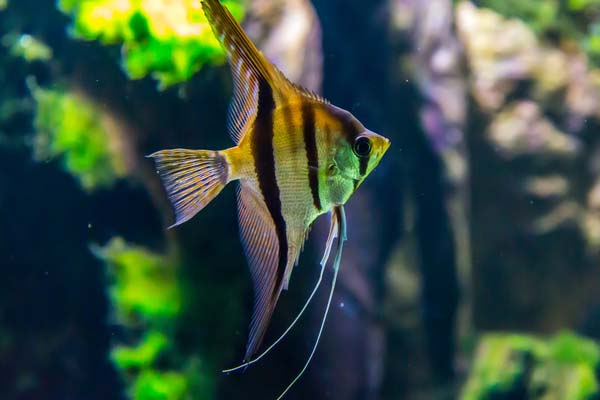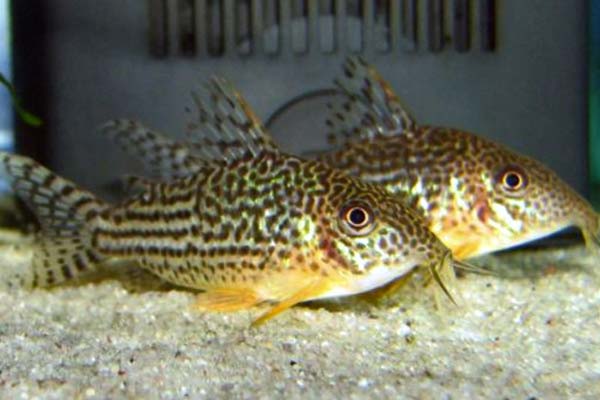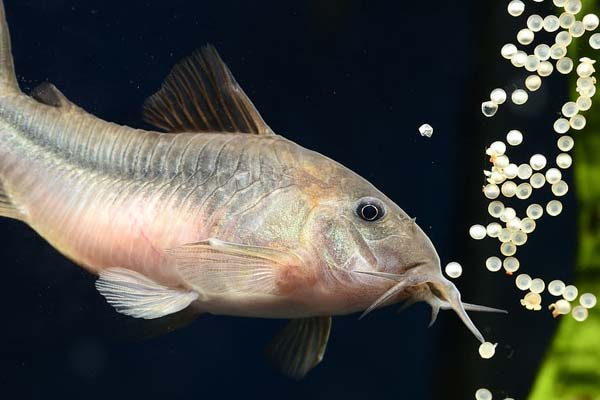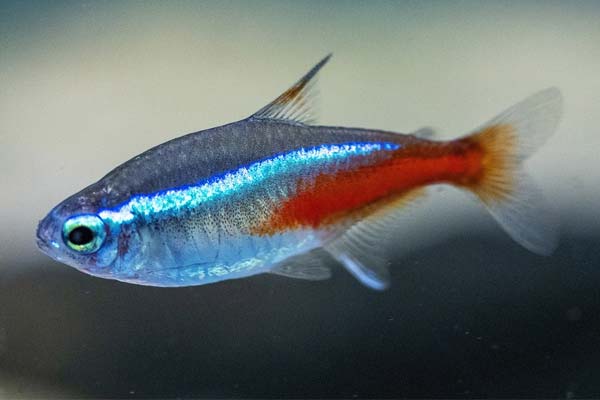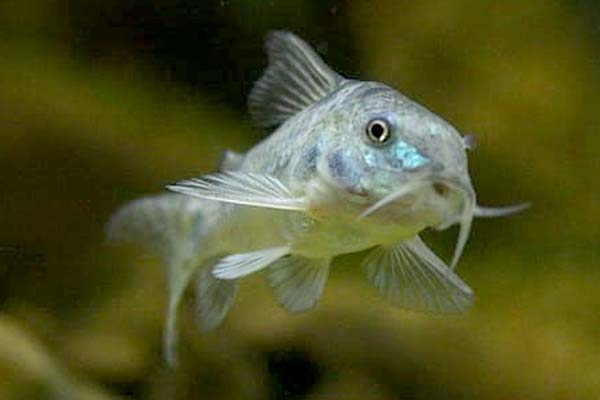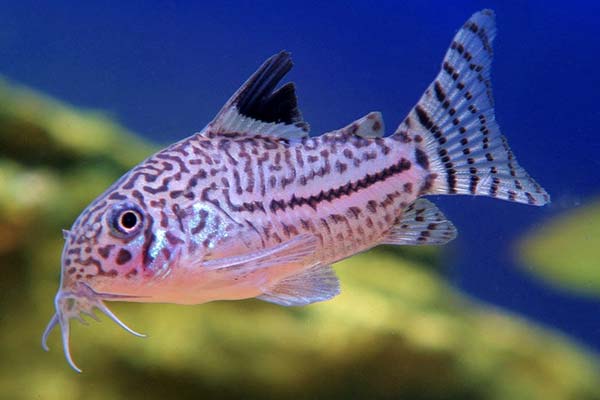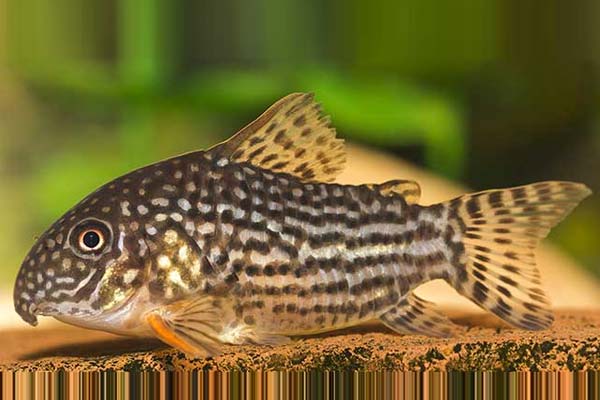The Beginner’s Guide to Fish Keeping: A Clear and Comprehensive Overview
Fishkeeping is a rewarding hobby that brings the beauty of nature into your home. Whether you’re a beginner or an experienced aquarist, there’s always something new to learn about keeping fish.
From selecting the right fish and setting up your aquarium to maintaining water quality and preventing disease, there are many factors to consider when starting your fishkeeping journey.
Getting started with fishkeeping requires a bit of research and preparation. It’s essential to choose the right fish for your aquarium and ensure that their needs are met regarding water temperature, pH levels, and compatibility with other fish.
Once you’ve selected your fish, you must set up your aquarium with the proper equipment, including a filter, heater, and lighting. Water quality management is also crucial for the health and well-being of your fish, so regular testing and maintenance are necessary to keep your aquarium thriving.
Key Takeaways
- Fishkeeping is a rewarding hobby that brings nature’s beauty into your home.
- Proper fish selection and aquarium setup are crucial for the health and well-being of your fish.
- Regular maintenance and monitoring of water quality are necessary for a thriving aquarium.
Getting Started
When it comes to fishkeeping, getting started can seem overwhelming. However, anyone can set up a successful aquarium with a few simple steps. Here is a step-by-step guide on how to get started with fishkeeping:
- Research: Before purchasing any equipment or fish, it is crucial to research and understand the basics of fishkeeping. This includes the nitrogen cycle, essential to maintaining a healthy aquarium.
- Please choose the right aquarium size: As the aquarium size increases, so does the ease of maintaining a thriving ecosystem. A 20-gallon aquarium or larger is recommended for beginners.
- Select appropriate equipment: A filter, heater, and lighting are essential for any aquarium. It is important to choose equipment right for the aquarium’s size.
- Set up the aquarium: Once the equipment is selected, it is time to set it up. This includes adding substrate and decorations and filling it with water.
- Check the water: Before adding any fish, it is vital to check the water parameters. This includes testing for ammonia, nitrite, and pH levels.
- Add fish: Once the water parameters are within safe levels, it is time to add fish. It is essential to choose fish that are appropriate for the size of the aquarium and compatible with each other.
In addition to the steps above, having a checklist of essential supplies is necessary. This includes:
- Aquarium
- Filter
- Heater
- Lighting
- Substrate
- Decorations
- Water testing kit
- Fish food
- Water conditioner
- Net
Anyone can start with fishkeeping by following these steps and having the necessary supplies.
Fish Selection
When selecting the right fish for your aquarium, it’s essential to consider several factors. Beginners should aim to choose fish that are hardy, easy to care for, and compatible with their tank’s water parameters and community.
Some popular and beginner-friendly fish species include:
- Goldfish: These freshwater fish are hardy and can tolerate various water conditions. They come in various colors and can grow quite large, so a larger tank is recommended.
- Betta: These colorful freshwater fish are low-maintenance and suitable for smaller tanks. However, they are best kept alone as they can be aggressive towards other fish.
- Mollies: These peaceful freshwater fish come in various colors and are easy to care for. They prefer slightly salty water, so adding a small amount of aquarium salt can be beneficial.
- Swordtails: These lively freshwater fish come in various colors and are easy to care for. They prefer slightly alkaline water and should be kept in at least three groups.
It’s essential to consider the temperament and compatibility of your chosen fish species. Some fish may be aggressive towards others, while others prefer to live in groups. Researching your selected fish species beforehand can help prevent any potential conflicts.
In addition to considering the fish’s temperament and compatibility, beginners should also consider the size of their tank and the water parameters. Some fish species require larger tanks or specific water conditions, so it’s essential to research and ensure that your tank can accommodate your chosen fish.
Aquarium Setup
Setting up an aquarium can seem overwhelming, but it can be a manageable process with the proper guidance. Here are the steps to follow to set up an aquarium:
- Select a Suitable Location: Choose a spot away from direct sunlight, windows, heating or air vents, and high-traffic areas. Ensure that the surface is hard, flat, waterproof, and can hold the entire weight of the aquarium.
- Add Substrate and Decorations: Add a gravel layer to the aquarium’s bottom. Before introducing it into the tank, ensure the substrate is rinsed thoroughly and has a minimum depth of 2 inches. Decorate the aquarium with live or artificial plants, rocks, and other decorations.
- Set Up the Filtration System: The filtration system is the aquarium’s heart and provides clean, healthy water for the fish. Choose a filter appropriate for the aquarium’s size and follow the manufacturer’s instructions for installation.
- Cycle the Tank: Cycling the tank establishes a healthy biological environment for the fish. Add ammonia sources, such as fish food, to the tank and monitor the ammonia, nitrite, and nitrate levels with a test kit. Once the levels stabilize, the tank is ready for fish.
- Add Fish: When adding fish to the tank, it’s important to choose species compatible with each other and the size of the aquarium. Introduce them slowly to avoid stressing them.
Additional considerations when setting up an aquarium include the tank’s temperature, lighting, and size. The temperature should be consistent and appropriate for the fish species in the tank. Lighting can be fluorescent or LED and should be suitable for the plants in the tank. A giant aquarium is generally more stable than a smaller one, so choose the most appropriate size for the space available.
Finally, consider a stand, hood, and lid for the aquarium. A stand provides a stable base and can also be used for storage—a hood and lid help to reduce evaporation and keep fish from jumping out of the tank.
Setting up an aquarium can be a manageable and rewarding process with these steps.
Water Quality Management
Maintaining optimal water quality is crucial for the health and well-being of fish. Fish are susceptible to environmental changes, and poor water quality can lead to stress, disease, and even death. Therefore, monitoring and maintaining the aquarium’s water quality parameters is essential.
There are several parameters that fish keepers need to monitor to maintain good water quality. These include temperature, pH, ammonia, nitrite, and nitrate levels. These parameters are regularly tested to ensure the water quality is within safe levels for fish.
Fish keepers can use test kits readily available in pet stores to test water parameters.
These kits are easy to use and provide accurate results. Conducting partial water changes regularly is also crucial to maintain water quality. Partial water changes involve removing some aquarium water and replacing it with fresh, dechlorinated water.
When adding new fish to the aquarium, it is essential to acclimate them slowly to prevent stress.
Fish should be floated in a plastic bag on the surface of the aquarium for about 15 to 20 minutes to allow them to adjust to the temperature of the water. Afterward, the bag should be opened, and a small amount of aquarium water should be added every 10 to 15 minutes until the bag is full. This process helps the fish adjust to the water chemistry of the aquarium.
Cycling the aquarium before adding fish is also crucial. Cycling involves establishing a colony of beneficial bacteria in the aquarium filter to break down harmful ammonia and nitrite into less toxic nitrate. This process can take several weeks, and fish should only be added once the aquarium has fully cycled.
Water conditioners can also neutralize chlorine and chloramine in tap water. Chlorine and chloramine can harm fish, and it is essential to use a water conditioner every time fresh water is added to the aquarium.
Feeding and Nutrition
Ensuring your fish receive the appropriate nourishment is vital for their overall health and well-being. A well-balanced diet promotes healthy growth, prevents diseases, and enhances longevity.
Several types of fish food are available, including dry, frozen, and live. Dry food is the most common and convenient option, but ensuring it contains all the necessary nutrients is vital. Frozen food is a good alternative and can provide more variety. Live food is also an option, but it requires more effort and can be expensive.
Maintaining a feeding schedule and practicing portion control is crucial in preventing overfeeding and maintaining optimal water quality. A general guideline is to provide an amount of food that the fish can consume within 2 to 3 minutes. Starting with a small portion and observing the fish’s consumption rate will help determine the appropriate serving size.
Incorporating variety into the fish’s diet is also beneficial. Different types of food can provide additional nutrients and prevent boredom. Some good options include flakes, pellets, frozen or live brine shrimp, bloodworms, and vegetables such as peas or zucchini.
Gaining knowledge about proper fish nutrition is fundamental for novice fish keepers. It is crucial to comprehend the specific dietary requirements of each fish species and provide a well-balanced diet accordingly. Ensuring the fish receives essential vitamins and minerals can prevent potential long-term health issues.
Fish Health and Disease Prevention
Keeping fish healthy is crucial to their well-being and longevity. As a beginner, it’s essential to understand the common diseases that fish can contract, their causes, and prevention strategies.
Maintaining a clean and stress-free environment is critical to preventing disease. Regular tank cleaning, proper filtration, and avoiding overcrowding are essential. Overcrowding can lead to poor water quality, stress fish, and make them more prone to diseases.
Quarantining new fish before introducing them to the main tank is essential to prevent the spreading of any diseases they may carry. Please set up a quarantine tank with similar water conditions to the main tank and keep them separate for at least two weeks.
Beginners should learn how to observe fish behavior and recognize signs of illness. Typical disease symptoms include lethargy, loss of appetite, abnormal swimming behavior, and discoloration. If any of these signs are observed, taking action quickly is crucial.
Regular health checks should also be conducted to ensure the fish are healthy. This includes testing the water for ammonia, nitrate, nitrite, and pH levels. Any irregularities should be addressed immediately to prevent disease.
Maintenance and Cleaning
Regular maintenance is essential for a healthy aquarium ecosystem. Neglecting maintenance can result in poor water quality, harming fish and aquatic life. Establishing a maintenance schedule is crucial to keep the aquarium clean and healthy.
Cleaning the glass is an essential part of maintaining an aquarium. Algae can accumulate on the glass, which can be unsightly and impede the view of the fish. Use a fishnet to remove debris from the water surface before cleaning the glass. A magnetic glass cleaner can be used to remove algae from the glass. Move the cleaner around the glass to remove any algae.
The filtration system plays a vital role in maintaining an aquarium. It eliminates debris and waste from the water, ensuring a clean and healthy environment for the fish. Regular cleaning of the filter is essential to guarantee its proper functioning. It is recommended to adhere to the manufacturer’s instructions for cleaning and maintenance procedures.
Water changes are also an essential part of maintaining an aquarium. Regular water changes help remove accumulated waste and debris from the water. A general rule of thumb is to change 10-20% of the water every two weeks. However, the frequency and amount of water changes may vary depending on the size of the aquarium and the number of fish.
Testing water parameters is crucial to maintaining a healthy aquarium. Testing kits can measure the water’s ammonia, nitrite, and nitrate levels. These levels should be monitored regularly to ensure they are within acceptable ranges. If the levels are too high, it can indicate a problem with the filtration system or overfeeding.
Performing routine equipment checks is also essential to maintaining an aquarium. Check the heater, thermometer, and other equipment regularly to ensure they work correctly. Replace any faulty equipment promptly to prevent any problems with the aquarium.
Troubleshooting and Problem-Solving
Beginners may encounter several challenges when it comes to fishkeeping. Addressing these issues promptly can help maintain a healthy and thriving aquarium. Here are some common problems and practical solutions for troubleshooting and problem-solving.
Algae Control
Algae growth is a common problem in aquariums. While some algae growth is average, excessive growth can be an eyesore and harm fish and plants. Here are some tips for controlling algae growth:
- Reduce the amount of light the aquarium receives by limiting the duration of light exposure or using a timer.
- Avoid overfeeding, as leftover food can contribute to algae growth.
- Regularly clean the aquarium by removing debris and performing water changes.
- Consider adding algae-eating fish or snails to the aquarium.
Cloudy Water
Several factors, including improper cycling, overfeeding, and inadequate filtration, can cause cloudy water. Here are some tips for resolving cloudy water:
- Ensure the aquarium is cycled correctly before adding fish.
- Avoid overfeeding and remove any leftover food.
- Clean the aquarium filter and replace filter media regularly.
- Consider adding a water clarifier product to the aquarium.
Common Fish Ailments
Fish can suffer from various ailments, including fin rot, ich, and swim bladder disease. Here are some tips for identifying and treating common fish ailments:
- Observe fish behavior regularly to identify any signs of illness.
- Quarantine sick fish to prevent the spread of disease.
- Seeking guidance from a veterinarian or aquarium expert is recommended for accurate diagnosis and appropriate treatment.
- Follow medication instructions carefully and monitor fish during treatment.
Aggression Among Tank Mates
Aggression among tank mates can harm fish and disrupt the aquarium’s ecosystem. Here are some tips for resolving aggression:
- Ensure the aquarium is correctly sized for the number and species of fish.
- Avoid adding aggressive fish to the aquarium.
- Rearrange decorations and plants regularly to prevent territorial behavior.
- Consider adding more hiding spots or separating aggressive fish into different tanks.
By addressing these common challenges promptly and effectively, beginners can maintain a healthy and thriving aquarium.
Community and Resources
For beginners, joining fishkeeping communities and forums can be an excellent way to connect with experienced hobbyists, seek advice, and share their experiences. These communities can provide knowledge and resources to help beginners get started and make the most of their fishkeeping journey.

